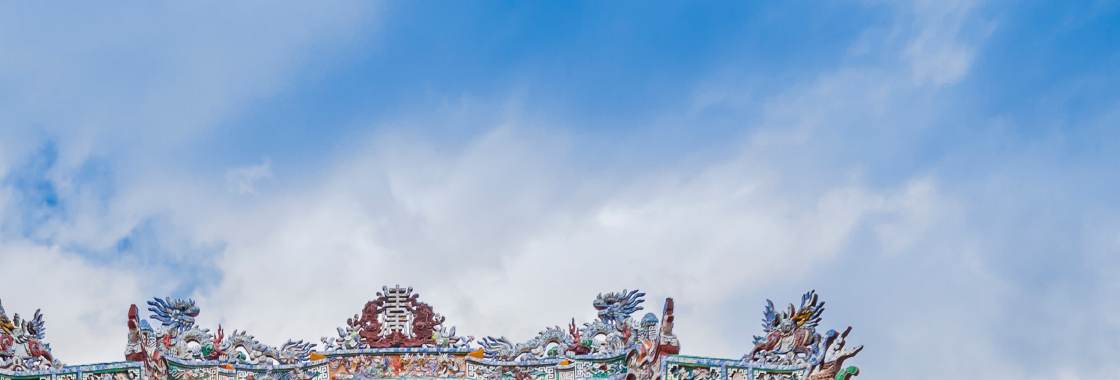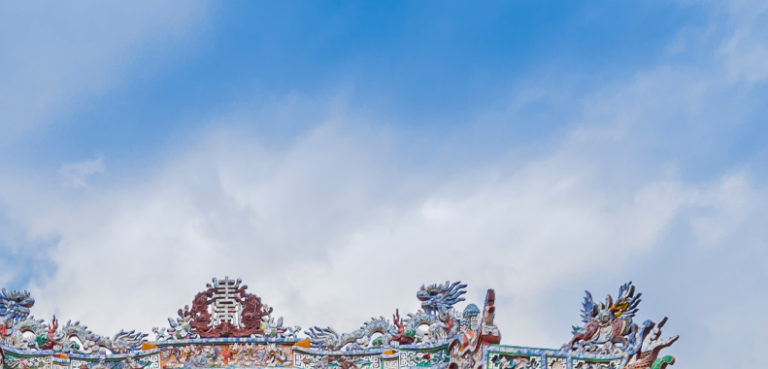Along with staggering natural beauty, Vietnam is also home to some the world’s most evocative historical sites on the planet. From Indochinese rule and the Vietnam War, all the way back to ancient dynasties, a trip through Vietnam is also a lesson in geopolitical history.
A Brief History of Vietnam
It’s almost impossible to sum up Vietnam’s complex history into a few sentences. This is a country that has seen great prosperity during the Le Dynasty of the 18th century, and also great conflict, throughout the last years of French Indochinese rule versus the Viet Minh in the 1950s and during the American War between 1962 to 1975.
However, decades of peace have set Vietnam up as a haven for tourists who come to revel in the country’s unique blend of European, Western and Asian culture and friendly optimistic outlook.
Popular Historical Sites in Vietnam
From the majestic karst moutains to macabre prison tours, here’s our list of must-see sites in this country of contrasts.
Con Dao Prison Complex
Côn Đảo is a cluster of beautiful islands oases where azure blue waters lap gently against soft yellow sand. It also happens to be home to some of Vietnam’s most brutal former Indochinese prisons, which explains why locals would not so affectionately call it the ‘Devil’s Island’. These days the island is a popular spot for tourists and makes for a fascinating (and slightly macabre) juxtaposition between Vietnam’s natural beauty and darker history.
Hoa Lo Prison
It might not be the makings of a relaxed days touring but the Hoa Loa Prison is actually a epicentre of Vietnamese history, with tours covering the prison’s use during the French occupation and through the American War which saw the jail nicknamed the ‘Hanoi Hilton’ by US prisoners.
Khai Dinh Tomb
Built for Khai Dinh, the twelfth emperor of the Nguyen dynasty, this monument within Hue city is worth visiting not only for its sheer size and scale but also its significance within the the Nguyen dynasty as a whole. Building completed in 1931 and for this reason there’s plenty of visible French influences within the architecture, thanks largely to Khai Dinh’s close relationship with the government of France.
Củ Chi Tunnels
History has more than proved the resilient spirit of the Vietnamese but no monument sums it up quiet like the Cu Chi tunnels. In the 1960s, at the peak of the Vietnam War, this hand-dug system of passages became the nerve centre for the Viet Cong fighters, at one point the tunnels reached all the way from South Vietnam through to the Cambodian border. Thousands of fighters spent weeks and even months beneath the surface in the kitchens, weapons factories and even hospitals. Today a portion remains open as part of the war memorial in Ho Chi Minh where visitors are invited to venture into the caves, with many only able to withstand the confinement for mere minutes.
My Son Cham Ruins
My Son Cham ruins are a cluster of abandoned Hindu Temples that look straight out of an Indiana Jones movie. Constructed between the 4th and 14th century, the ruins saw heavy bombings during the Vietnam War but were eventually recognised as a UNESCO world heritage site in 1999.
Hue Imperial Citadel
Ho Chi Minh City might be the capital but Hue is definitely the heart of Vietnam’s dynastic history. The walled fortress of the Citadel is a sprawling site of gardens, temples and pagodas (read more on the Thien Mu Pagoda below) each restored as much as possible following bombings during the French and American wars. What remains is merely a glimpse of the Citadel’s former grandeur but is still a spectacular sight for a half days visit.
Cannon Fort
With its wide views across the green seas and fishing boats surrounding Cat Ba Island, Cannon Fort is regarding as having one of the most spectacular vistas in Vietnam. Which makes sense considering it’s history as a gun placements by the Japanese during WWII. Although the site was founded during a time of conflict, today the famous gun placements is home to a peaceful lookout and café.
Thien Mu Pagoda
This seven-story pagoda sits on the bank of the Perfume River and is a monumental relic within the Citadel of Hue, the former imperial capital of Vietnam. Built in 1601 during the rule of Nguyen Hoang, governor of the Thuan Hoa province, the pagoda has been rebuilt multiple times following attacks during Vietnam’s various conflicts. Today it’s a peaceful site, commonly accessible by a scenic dragon boat ride from the Trang Tien bridge.
Phong Nha Caves
Instagram-lovers rejoice, the caves within the Phong Nha – Ke Bang National Park are a treasure trove of eye-watering natural beauty. Getting there is stunning enough, crossing rugged karst mountains and thick tropical forest, however the cavern system is a vast network of 400 million year-old underground waterways leading into giant amphitheatre-sized openings.


